
What will you eat today?
Get inspired! ✨🚀
Allergies, intolerances
Use the 'Allergies and Intolerances' section to let us know about any ingredients or food categories that might cause you a reaction. We'll take this into account carefully when picking the right recipes for you.
Dairy (Lactose & Milk Proteins)
Includes: Milk, cream, cheese, butter, yogurt
Used in: Baking, sauces, desserts, coffee drinks
Gluten (Wheat, Barley, Rye)
Includes: Flour, bread, pasta, cakes, breadcrumbs
Used in: Most baked goods, doughs, thickened sauces
Eggs
Includes: Whole eggs, egg whites, yolks
Used in: Baking, batters, custards, pasta
Nuts (Tree Nuts)
Includes: Almonds, walnuts, hazelnuts, cashews, pistachios
Used in: Desserts, sauces, pesto, granola, snacks
Peanuts
Includes: Peanut butter, whole peanuts, peanut oil
Used in: Cookies, sauces, snacks
Seafood (Fish & Shellfish)
Includes: Shrimp, crab, lobster, salmon, tuna
Used in: Soups, pasta, stews, sauces
Sesame
Includes: Sesame seeds, tahini, sesame oil
Used in: Breads, hummus, salad dressings, Asian dishes
Soy
Includes: Soy sauce, tofu, soy milk, soy flour
Used in: Asian dishes, processed foods, vegan baking
Diet information
No Meat
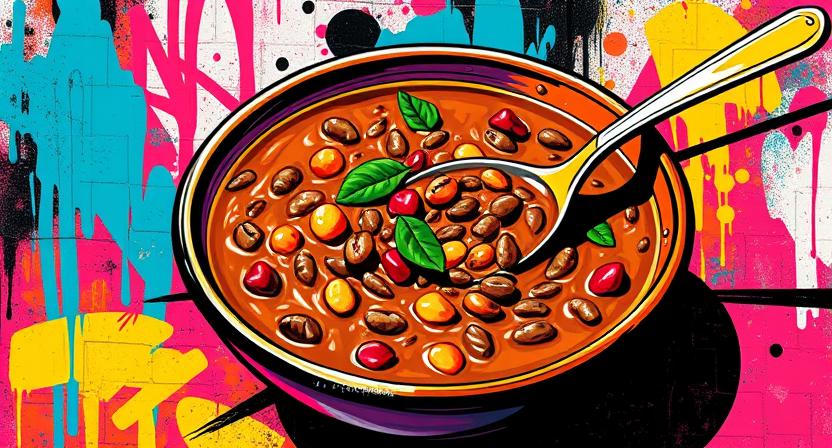
A no-meat diet excludes all types of meat (red, white, and processed) but may include dairy, eggs, and other animal products. It focuses on plant-based foods such as grains, legumes, vegetables, fruits, and meat alternatives like tofu or tempeh. Common meals include vegetable stir-fries, pasta dishes with tomato or cream sauces, lentil soups, and egg-based breakfasts.
May reduce risk of heart disease and certain cancers due to lower saturated fat intake. Needs careful planning to ensure adequate protein, iron, B12, and omega-3s, typically obtained from meat. Well-balanced no-meat diets can support long-term health and weight management.
Vegan
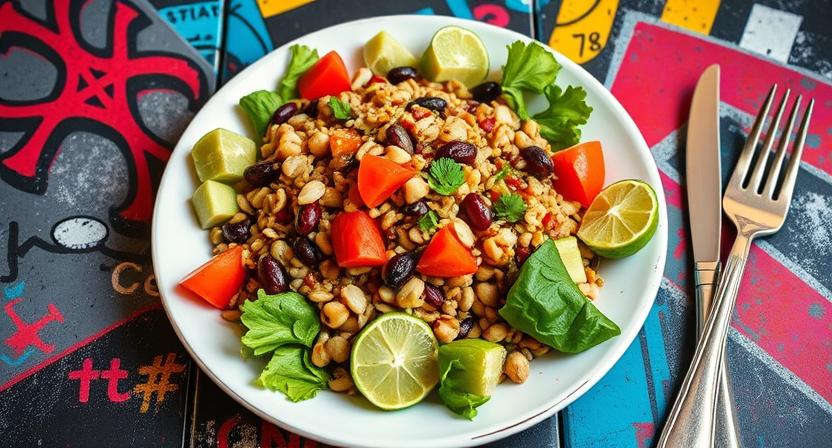
A vegan diet excludes all animal products, including meat, dairy, eggs, and honey. It emphasizes plant-based foods like legumes, grains, vegetables, fruits, nuts, and seeds. Common vegan meals include chickpea curry, lentil soup, quinoa salads, tofu stir-fries, and plant-based burgers. Vegan substitutes like almond milk, soy yogurt, and dairy-free cheese are often used in meals.
Linked to lower cholesterol, blood pressure, and BMI. Reduces risk of chronic diseases but may lead to deficiencies in B12, iron, calcium, and omega-3s if not supplemented or planned well. Requires variety and nutrient-rich foods to maintain health and energy.
Lacto
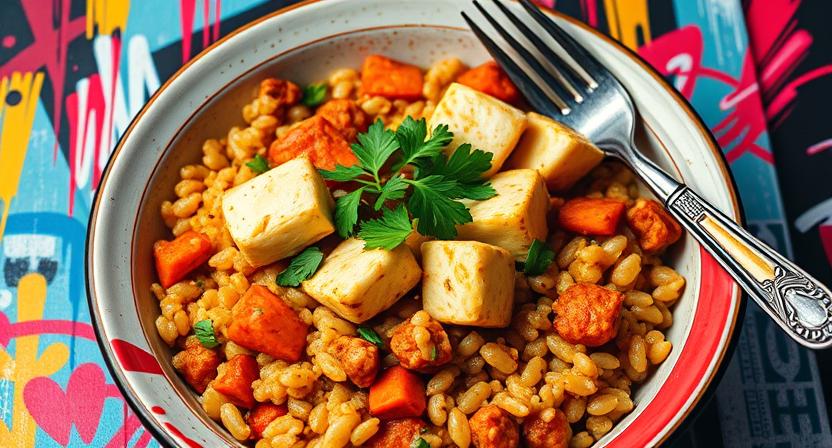
The lacto-vegetarian diet excludes meat, fish, and eggs but includes dairy products such as milk, cheese, and yogurt. Meals are plant-forward and often feature dishes like vegetable lasagna, cheese omelets without eggs, paneer curry, yogurt-based sauces, and hearty grain bowls. This diet is common in many parts of India and supports a variety of flavorful, dairy-rich meals.
Generally heart-healthy and rich in calcium from dairy. Risks include overconsumption of saturated fats from full-fat dairy. Balanced lacto diets can support bone health and reduce inflammation, though iron and B12 intake still require attention.
Pescatarian

Pescatarians avoid meat but eat fish and seafood, along with dairy and eggs. The diet focuses on vegetables, whole grains, and seafood for protein. Typical meals include grilled salmon with quinoa, shrimp stir-fry, tuna salad, sushi rolls, and veggie omelets. It’s often chosen for its health benefits, offering omega-3 fatty acids while minimizing red meat consumption.
Offers heart benefits from omega-3s in fish and lower red meat intake. Supports brain function and may lower stroke risk. Watch for mercury in some fish and ensure variety. Balanced pescatarian diets are generally rich in nutrients and anti-inflammatory.
Ketogenic
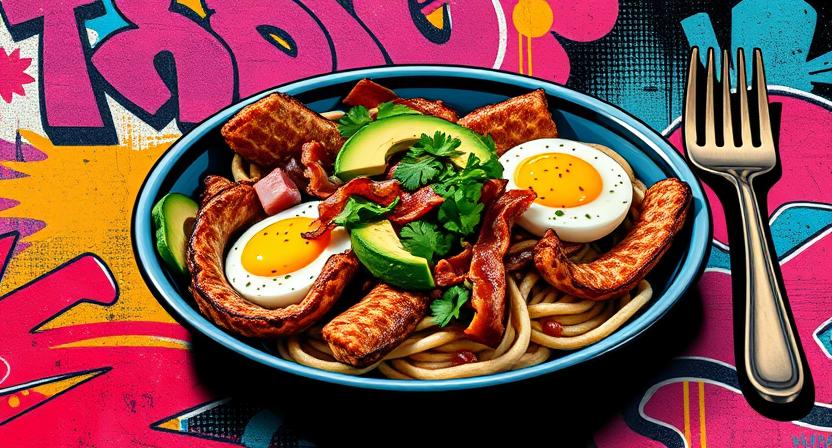
The ketogenic (keto) diet is a high-fat, low-carbohydrate plan that puts the body into ketosis, where fat is used for energy. It includes meats, cheese, eggs, avocados, oils, and low-carb vegetables like spinach or cauliflower. Typical meals include bacon and eggs, keto chili, cauliflower pizza, bunless burgers, and fat-rich snacks like nuts or cheese sticks.
Can aid in weight loss and managing epilepsy, diabetes, or metabolic syndrome. Long-term use may raise cholesterol and strain kidneys. May cause fatigue or nutrient deficiencies without careful planning. Not ideal for everyone and best with medical supervision.
Paleo
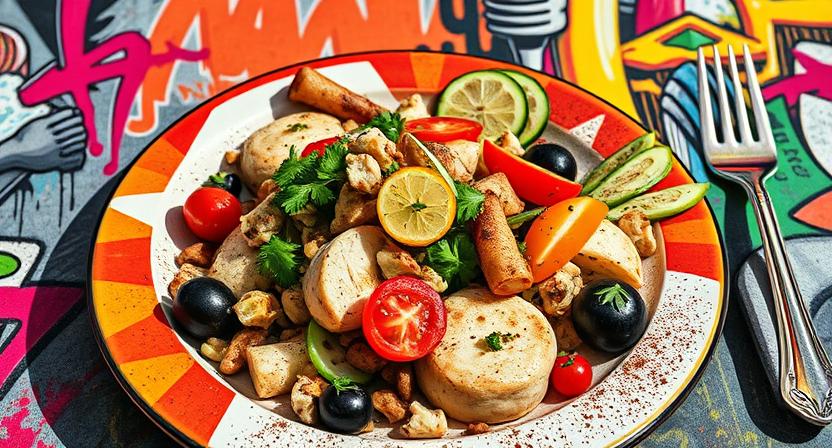
The paleo diet mimics what humans might have eaten during the Paleolithic era. It excludes grains, legumes, dairy, and processed foods, focusing on whole foods like meats, fish, vegetables, fruits, nuts, and seeds. Common meals include grilled meats with roasted vegetables, fruit-and-nut snacks, lettuce-wrap burgers, and sweet potatoes. It emphasizes natural, nutrient-dense ingredients.
Promotes whole foods and reduces processed food intake, which may aid in weight loss and improve metabolic health. May lack calcium and vitamin D due to dairy exclusion. Can be high in saturated fat if meat-heavy. Nutrient balance is key for safety and longevity.
